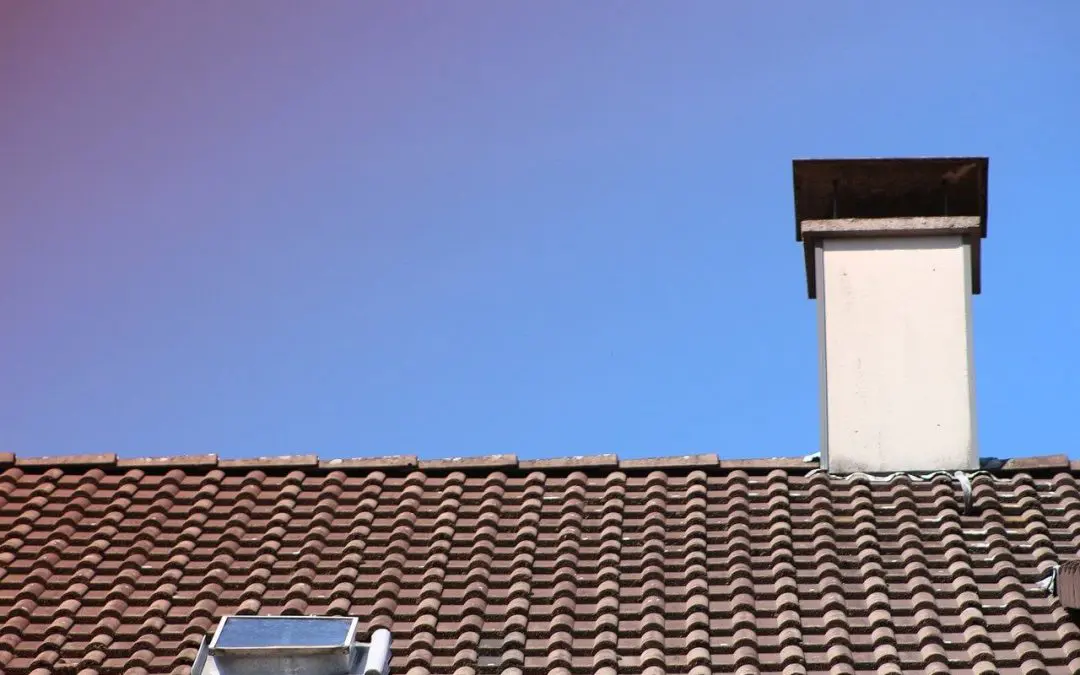Each year, there are more than 25,000 chimney fires in the United States alone. Often, damage to masonry or a layer of creosote on chimney walls contributes to fire. Keep your home and your family safe by taking steps to prevent chimney fires.
1. Prevent Chimney Fires by Reducing Creosote Buildup
Burning wood in a fireplace or a stove produces a byproduct known as creosote, which collects on the inside of the chimney. If too much creosote accumulates, the build-up can ignite a fire. Prevent chimney fires by reducing creosote buildup as much as possible.
• Only burn well-seasoned, dry hardwoods.
• Don’t use spruce, pine, and other high-resin or softwoods in your fireplace.
• Have the chimney cleaned at least annually.
• Insulate your chimney’s flue if it’s not already insulated.
2. Schedule Annual Inspections
Another cost-effective way to prevent chimney fires is to schedule regular inspections. This is something you should do at least once a year, preferably in late summer or early fall before you begin using your fireplace.
Hire a certified inspector to examine the chimney and inspect venting systems. A chimney sweep will remove soot, creosote, and other debris that cause obstructions from your chimney.
3. Opt for Clean Burning Methods
Slower-burning fires cause more smoke and combustible substances that don’t fully burn. Reduce your risk of chimney fires by using clean-burning woods that are less likely to generate creosote. Burn hardwoods and make sure your damper is fully open when burning a fire. Flames that burn hotter and faster produce less creosote than a slow-burning, smoldering fire.
4. Install a Chimney Cap to Help Prevent Chimney Fires
Prevent chimney fires by installing a chimney cap. This feature keeps animals from building nests and helps to prevent leaves and pine needles from coming down the chimney. This is a fire risk because loose embers from a fire can float up and set debris on fire.
A well-designed chimney cap also prevents what is known as backdrafts. This is when smoke from fire exits and then re-enters your home back down through the chimney. A chimney cap also reduces exposure to acidic rainwater, which minimizes corrosion that affects your chimney walls.
5. Don’t Put Combustible Items in Your Fireplace
Don’t burn trash in your fireplace. Paper and cardboard burn quickly and create a lot of smoke and soot, high flames, and popping embers. Materials of this nature can float upwards when still hot or burning. This could result in a chimney fire, especially if you have creosote buildup.
6. Prevent Chimney Fires with a Liner
An additional step you can take to prevent chimney fires is to install a chimney liner. A liner reduces the risk of fire by allowing for better airflow. A quality liner keeps your chimney walls cleaner and protects the internal structures from damage.
JW Goad Home Inspections provides home inspection services in Clarksville, TN, and the surrounding areas. Contact us to schedule an appointment.

